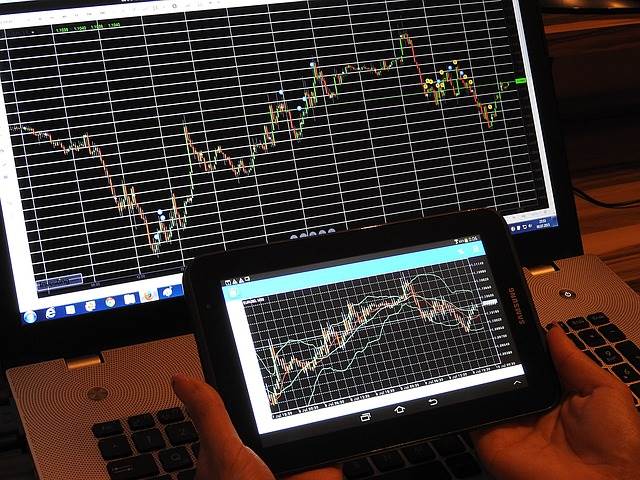 A big deal has been made in the media over the fact that the benchmark S&P 500 Index rose by just under 5% yesterday, which was its third largest daily rise of all time. Some media calls it the biggest ever rise – it isn’t in percentage terms, but in points terms it was.
A big deal has been made in the media over the fact that the benchmark S&P 500 Index rose by just under 5% yesterday, which was its third largest daily rise of all time. Some media calls it the biggest ever rise – it isn’t in percentage terms, but in points terms it was.
I’m not impressed. After all, when there are very strong moves in one direction, there is often a strong move in the opposite direction the very next day. It doesn’t mean much or have much bearing on the wider picture.
I have even seen commentators talk about how the recent fall in the market doesn’t mean anything because when you look at the chart over the past ten years it is a mere blip. I get genuinely angry when I read nonsense like this, because I can’t believe that the writers really mean it. Perhaps they do, and I take too harsh an approach. Sometimes I am asked why not just buy and hold if you have a very long-term time horizon, for example young people providing for their retirement. The simple answer is that if the odds tell you that when the market is down by a certain amount, it is likely to fall further over the near future, why not step aside and wait for the probabilistically lower price at which you can buy in again? Isn’t that better?
Getting back to the subject of today’s stock market - the fact is that the market has fallen by more than 20% in less than three months. The fact is, that on every metric, it’s still a bear market in stocks, even if we are out of the 20% zone. The fact is that yesterday’s big rise in the market means little.
Of course, the price may continue to rise from here – we might have seen a long-term low yesterday. Yet there is no doubt that historical data shows that when the stock market has made 6-month lows, it mostly makes no sense to be buying stocks, at least not in terms of the broad market such as the S&P 500 Index.
